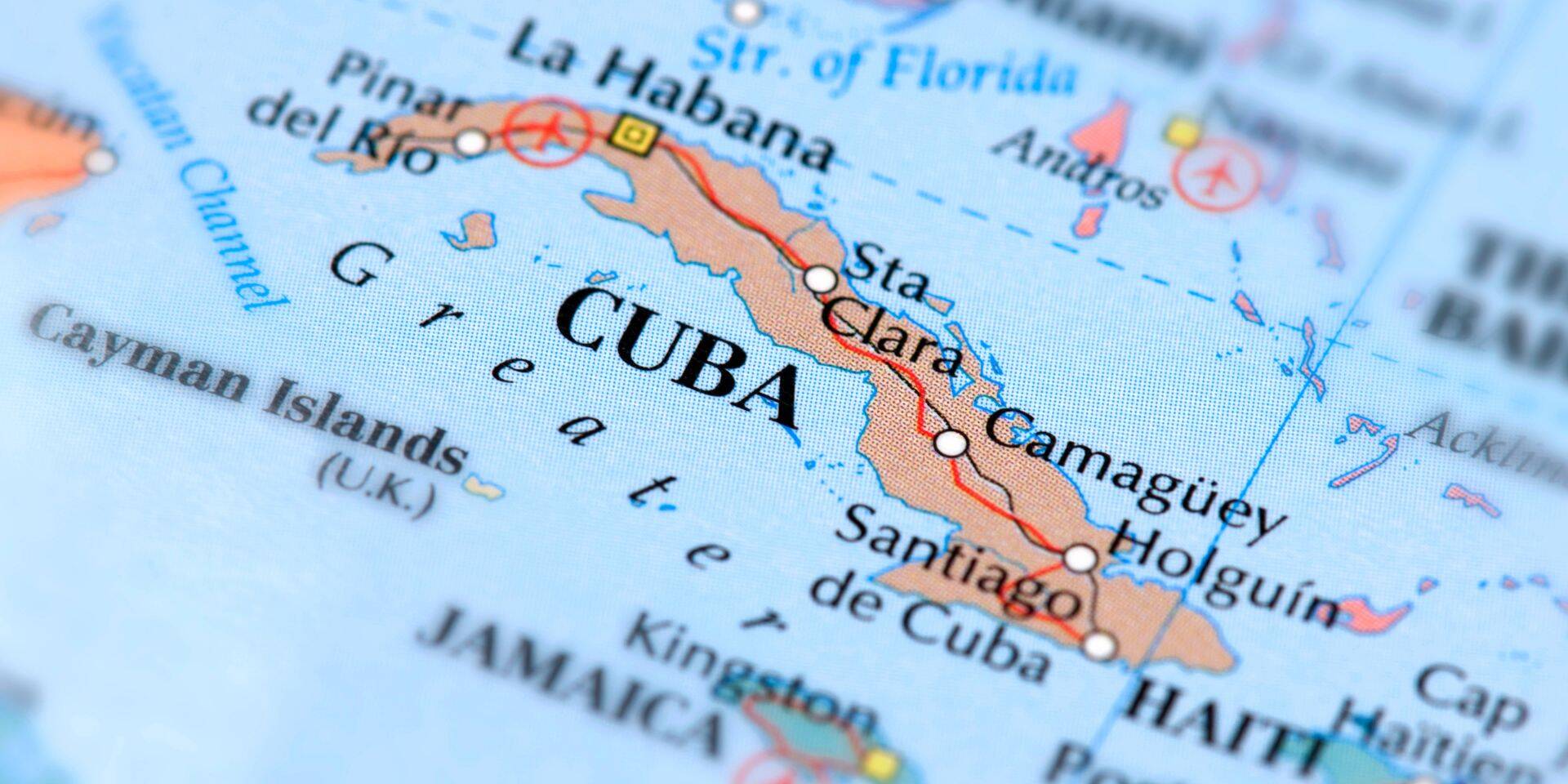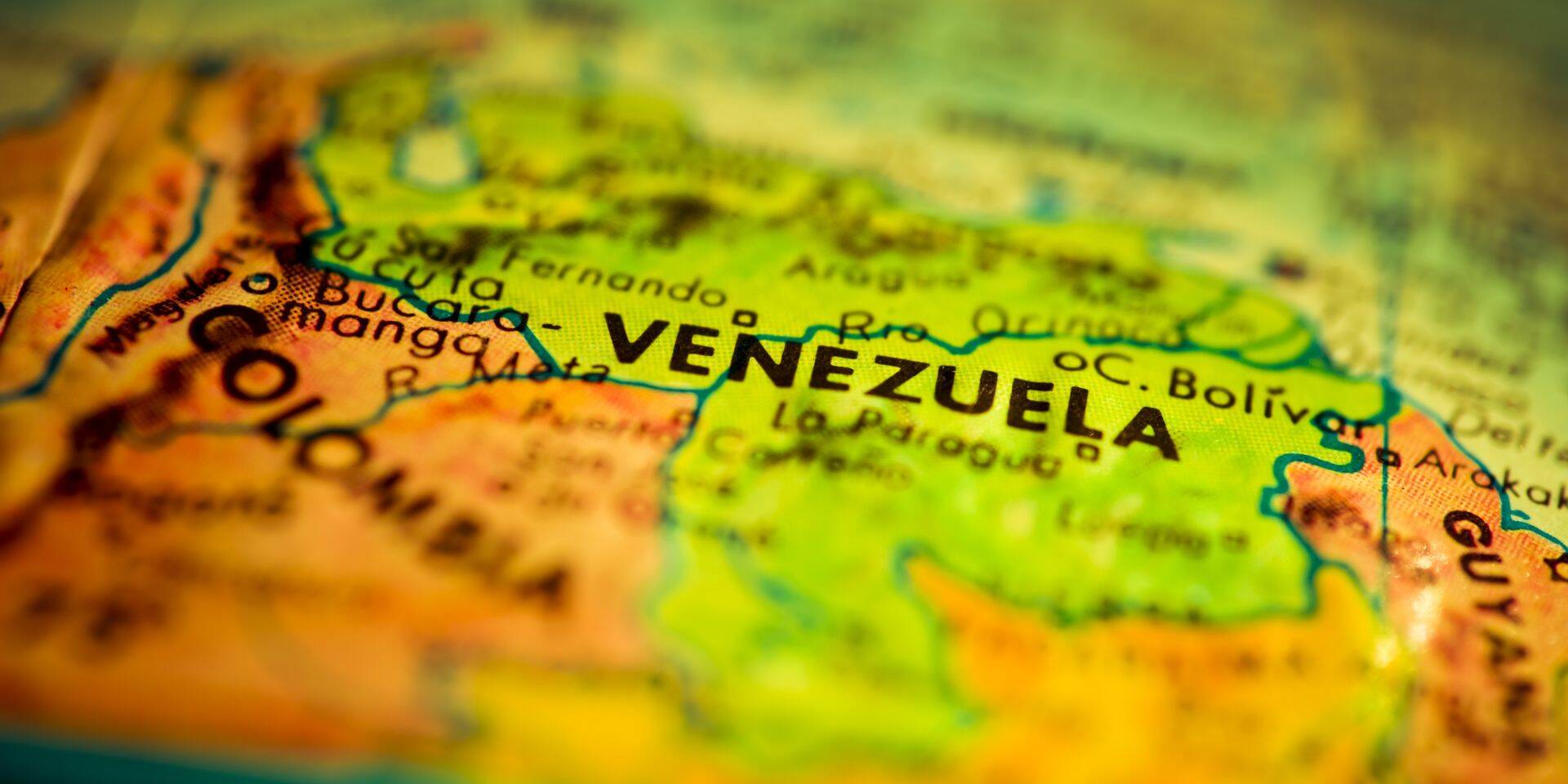The EB-5 visa program gives qualifying foreign investors the option to apply for legal permanent resident status. The program was created by Congress in 1990 to attract foreign investors, create jobs, and stimulate the U.S. economy. The program was piloted in 1992. The program is reauthorized annually by Congress. In 2022, President Biden signed into law the EB-5 Reform and Integrity Act. The EB-5 Modernization Rule was also enacted at that time. Subsequently, various legal efforts ensued over the interpretation of the Act. U.S. Citizenship and Immigration Services (USCSIS) announced updates to the EB-5 visa program based on the legal resolution of filings.
The updates include:
- The EB-5 Modernization Rule was entirely vacated with the removal of the provisions contained in that rule;
- Confirming an applicant has the option to file a Form I-485, Application to Register Permanent Residence or Adjust Status, at the same time or following the filing of Form I-526, Immigrant Petition by Standalone Investor, if a visa is available;
- Updates to investment amounts required and the process of designating an area as targeted for employment; and
- Form I-526 name change, moving to Immigrant Petition by Standalone Investor, rather than the Immigration Petition by Alien Entrepreneur, and adding references to Form I-526E, Immigrant Petition by a Regional Center Investor.
Capitol investment requirements changed for petitions filed on or after March 15, 2022. The minimum investment amount moved from $1,000,000 to $1,050,000. For Targeted Employment Areas, the investment amount moved from $500,000 to $800,000 which includes infrastructure projects. For High-Employment area investment amounts, the amount was $1,000,000 and now is not applicable.
In order for an area to be designated as a Targeted Employment Area (TEA), certain requirements apply. TEA locations are rural or in an area that has high unemployment. Rural is defined as any area outside of a standard metropolitan statistical area (MSA) or in the outer boundary of any city or town with a population of over 20,000. Petitions filed prior to March 15, 2022, consider high unemployment to be a minimum of 150% of the national unemployment average rate. High unemployment areas are designated by the Department of Homeland Security (DHS) for petitions filed on or after March 15, 2022.
ILBSG continues to actively monitor ongoing updates to U.S. immigration policies. If you have questions about your immigration-related issue, contact us at ILBSG.
Related Posts
April 2, 2025
Judge Rules Venezuelans Can Temporarily Keep TPS Protections
A federal judge temporarily halted the…



